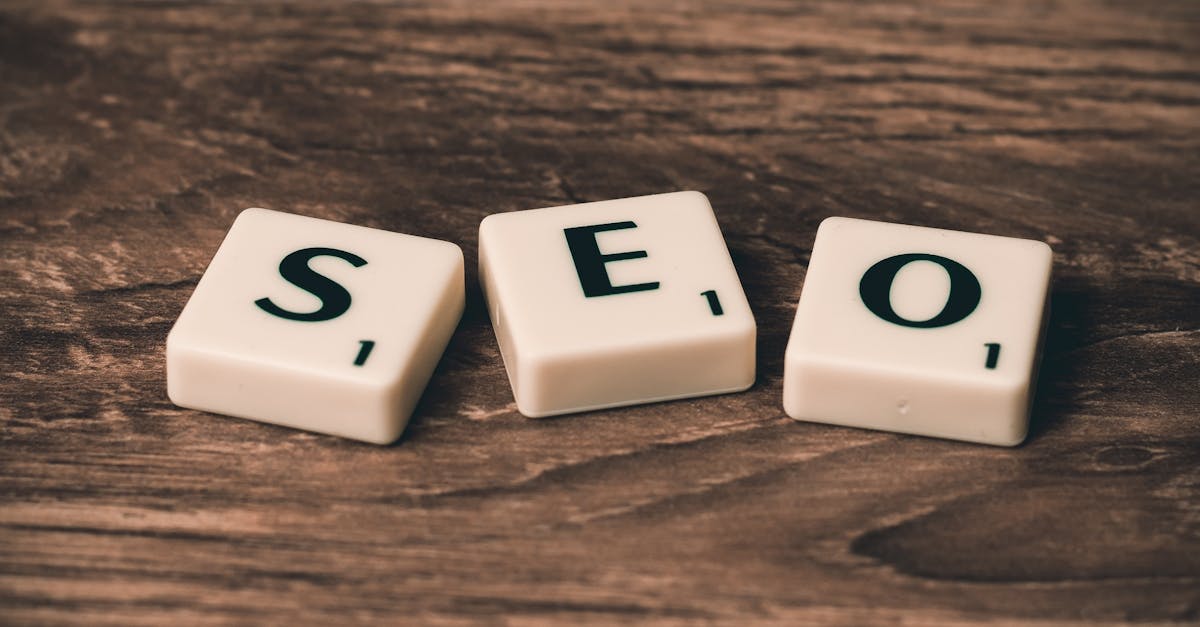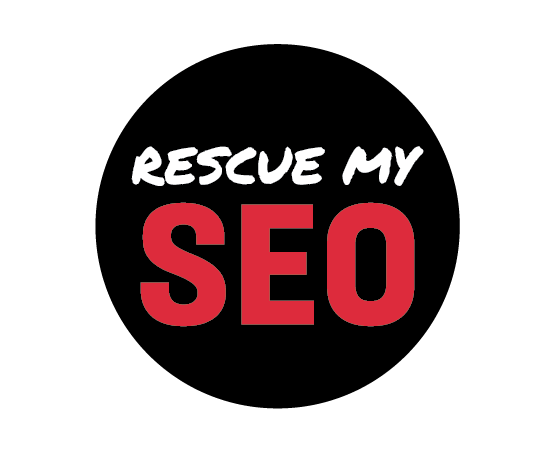
If you’re a small business owner, you know firsthand that getting noticed by local customers is a constant battle. At Rescue My SEO, we’ve worked alongside countless small businesses who felt invisible online—until they finally saw what smart, locally-focused blog content could do for their lead generation. The good news? With the right process, any business can consistently create SEO content that attracts eyes and drives real local leads.
Why Local-Focused Blog Content Matters (and How It’s Different)
Let’s be real: most blog posts, even those written with SEO in mind, are bland, generic, and don’t move the needle for a local business. To actually drive local leads, your blog has to do two things most content doesn’t:
- Match local intent: Instead of targeting broad phrases, you zero in on what people are searching for in your town or region.
- Build trust and visibility in your real-life community: This means showing your connection to local issues, places, and people—not just stuffing city names into articles.
We want potential customers to not only find your blog in Google, but feel like, “Wow, this business gets me and knows my area. I’ll reach out.”
Step 1: Plan Topics Around Local Search Behavior (Not Just Keywords)
The foundation of every successful local lead-generating post is understanding what your audience is googling in your city or neighborhood. Don’t just guess! We recommend:
- Use Google Suggest & Localized Keyword Tools: Type your core service + your city (“plumber Pittsburgh,” “coffee shop Boise”) to uncover what autofills. Tools like Google Keyword Planner and even the autofill bar in Google Maps are goldmines for revealing real user intent.
- Talk to your real-life customers: What questions do they ask before buying? What local pain points do you hear over and over?
- Check your own analytics: Which blog posts (even old ones) currently bring in organic search traffic with location-based terms?
If you’re stuck, here are proven blog topic formats we often use with our clients:
- Common local problems and how-to solutions (e.g. How to Spot Roof Damage Before Hurricane Season in Charleston)
- Neighborhood guides and resource round-ups (think Best Family-Friendly Activities Near [City] if you’re a daycare or service provider)
- Local FAQs (e.g. What Permits Do You Need for a Home Remodel in [Area])
- Highlighting your community ties (Why We Sponsor the [Local Event] or sharing customer success stories—always with permission!)
Step 2: Structure Your Post for Local Relevance and Conversion
The best content writing isn’t rigid. It’s personal, conversational, and strategically layered for both search engines and humans. Here’s our approach at Rescue My SEO:
- Craft a headline that features your service and city/region. Example: “8 Reliable Electricians in Columbus, OH (Local Tips & Reviews)”
- Start strong: Open with a story, statistic, or local fact only someone in your city would know (not generic filler). Connect immediately with your reader’s real-world problem.
- Use logical subheadings that repeat core keywords plus location. This helps Google AND your skimmers.
- Sprinkle in local landmarks, events, or phrases (without overdoing it—no awkward stuffing!).
- Offer actionable insights, not just definitions. Tell the reader what to do next, and why it matters locally—such as referencing a specific city law, weather pattern, or business trend.
- End with a call-to-action that nudges a lead locally: “Call us for a free estimate in [Neighborhood],” “Visit our downtown store,” or “Download our free [City] home maintenance checklist.”
Step 3: Optimize Each Post for SEO—But Don’t Sacrifice Voice
Good SEO content writing services don’t just deliver articles—they make sure every element works together to improve your Google rankings and connect with your audience. Here’s what we do for ourselves and our clients:
- Title tag: 60–65 characters, primary keyword and target city
- Meta description: Summarize the main value and location, encourage clicks (under 155 characters)
- Headers and subheaders: Use H2/H3 with both main and related local keywords
- Internal linking: Link to your main service and city location pages—this builds topical authority and helps Google crawl.
- Schema markup: Add LocalBusiness schema so Google connects your content to your NAP (name, address, phone) details.
- Images: Add original photos with geo-optimized file names and unique alt text. If using a stock image, make sure it is contextually relevant and reflects your community’s look/feel.
Step 4: Build Trust With Hyper-Local Social Proof
People love proof you’re legit, especially in smaller cities or neighborhoods where personal connections matter. For your blog posts, consider:
- Brief testimonials with first names or initials + neighborhood (with permission)
- Before/after photos—these are powerful if you do any visual work (e.g. landscaping, remodeling, cleaning)
- References to local partnerships (e.g., “Proud partner of the [City] Rotary Club”)
Quick tip: Link to your Google, Facebook, or Yelp review profiles for extra credibility—just be sure these profiles are claimed and active!
Step 5: Promote Your Content—Don’t Let It Hide
A good local SEO strategy doesn’t stop at publishing. To maximize lead generation:
- Share your posts in local Facebook, Nextdoor, or LinkedIn groups (always check group guidelines).
- Email your customers with helpful snippets and links to the full post.
- Post snippets as Google Business Profile updates— this is essential for local businesses and helps rank you in Google’s map pack.
Bonus Tip: Track Results and Iterate (What Gets Measured, Grows!)
Analytics isn’t just for e-commerce. Here’s what we look for with our clients’ content:
- Clicks and impressions in Google Search Console for target keywords
- Traffic from local search queries and location pages in Google Analytics
- Lead source attribution—ask or measure: “How did you find us?” after a contact form or call
If the numbers start moving, or you start getting calls/emails mentioning your blog topics, double down on that subject area and location focus!
What Makes Rescue My SEO’s Content Approach Different?
Lots of agencies churn out bland content. We only focus on what works for ambitious small business owners looking to get FOUND, not just read.
- We never deliver generic articles—you always get expert keyword research tailored to your city or region.
- Our team has actual small business background (not just fancy marketing degrees), so our writing is practical, punchy, and 100% grounded in what drives conversions for real-world service businesses.
- Each post is manually reviewed for SEO, readability, and clarity—we don’t just run it through a tool and call it a day.
- Your time is respected. We send drafts for review, integrate your feedback (even voice notes work for us!), and can post directly to WordPress or your CMS if you prefer.
Ready to Attract More Local Leads With Blog Posts That Actually Work?
If you’re tired of having a blog that gets zero traffic or the same handful of generic comments, it’s time to put local SEO content writing to work for your business. You can DIY using the steps in this post—or if you want done-for-you, our team at Rescue My SEO can do it for you—always affordably, always with a small business growth mindset.
Let’s make your website your most powerful lead generator in the neighborhoods and cities that matter most.



